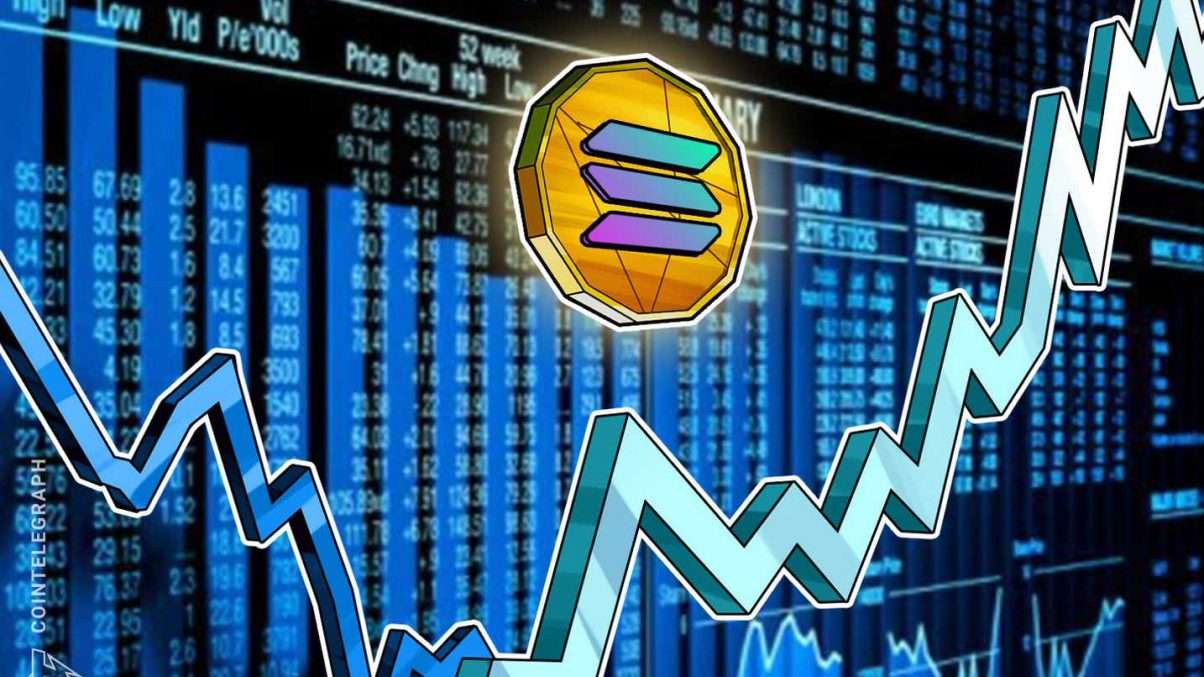Solana is a high-performance blockchain platform that was developed to solve the scalability issues that many existing blockchains face. Solana was started in 2017 under the leadership of Anatoly Yakovenko, who proposed a new approach to blockchain time management through a technology called Proof of History, which allows for faster network operation and increased throughput.
Solana’s goal is to create a blockchain network that can support high transaction speeds with low fees without sacrificing decentralization. Solana aims to be the foundation for decentralized applications that require high processing speeds, including decentralized exchanges, games, automated trade execution programs, and more.
Solana is unique in the cryptocurrency landscape due to its ability to process thousands of transactions per second, which significantly outpaces most other blockchain platforms. This makes it attractive to both developers and users looking for fast and cheap ways to perform transactions. Additionally, by integrating with a variety of technological innovations such as smart contracts and tokenized assets, Solana offers vast opportunities for the creation of new financial instruments and services in the cryptocurrency ecosystem.
Thus, Solana stands out from other blockchain systems due to its high performance, scalability, and low fees, making it one of the leading platforms in the modern crypto industry.
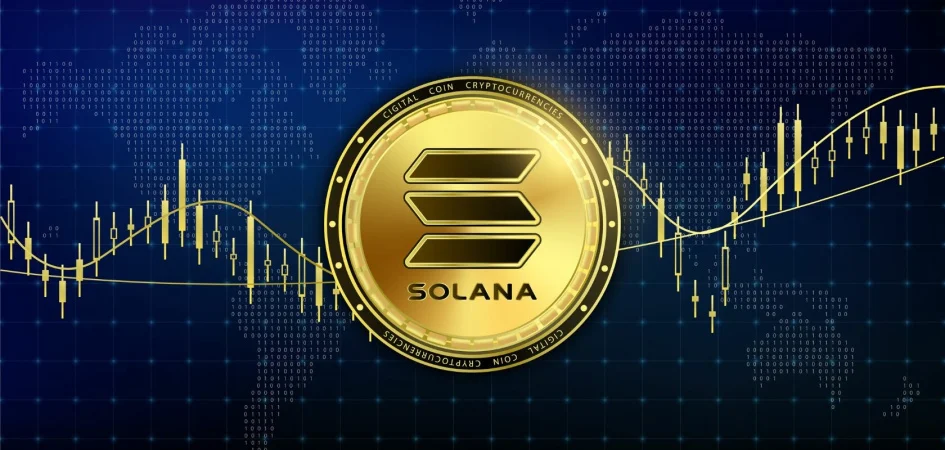
Why Solana is important
Solana is considered one of the most significant platforms in the modern cryptocurrency world due to its unique features and advantages. This blockchain platform offers solutions to several key problems that many existing blockchains face, including scalability, speed, and transaction costs.
One of Solana’s key features is its incredible throughput, allowing it to process up to 65,000 transactions per second at significantly lower fees than platforms like Ethereum. This is achieved through its innovative Proof of History technology, which allows for more efficient and faster transaction processing and network state synchronization. This functionality makes Solana ideal for developing and running high-performance decentralized applications that require fast transaction confirmation.
Solana solves a number of problems that many other blockchains fail to address. First and foremost is the problem of scalability. Traditional blockchain platforms often struggle to process large numbers of transactions at once, leading to increased transaction times and costs. Solana, with its unique architecture, offers a solution to this problem, ensuring fast and efficient processing even under high loads.
Solana’s potential impact on the future of cryptocurrency and decentralized technologies is hard to overstate. The platform opens up new opportunities for developers, entrepreneurs, and investors with its ability to support complex, scalable applications that can change the way businesses operate, manage data, and consume content. Solana provides tools for building faster, more reliable, and more accessible decentralized solutions that can further expand and integrate blockchain technologies into various areas of life.
Thus, due to its unique features and advantages, Solana plays a key role in the evolution of blockchain technology, providing the foundation for future growth and innovation in the cryptocurrency space.
Solana Foundation Technology
With its cutting-edge architecture and innovative technology solutions, Solana occupies an important place in the cryptocurrency and decentralized technology landscape, offering promising prospects for the future development of the industry.
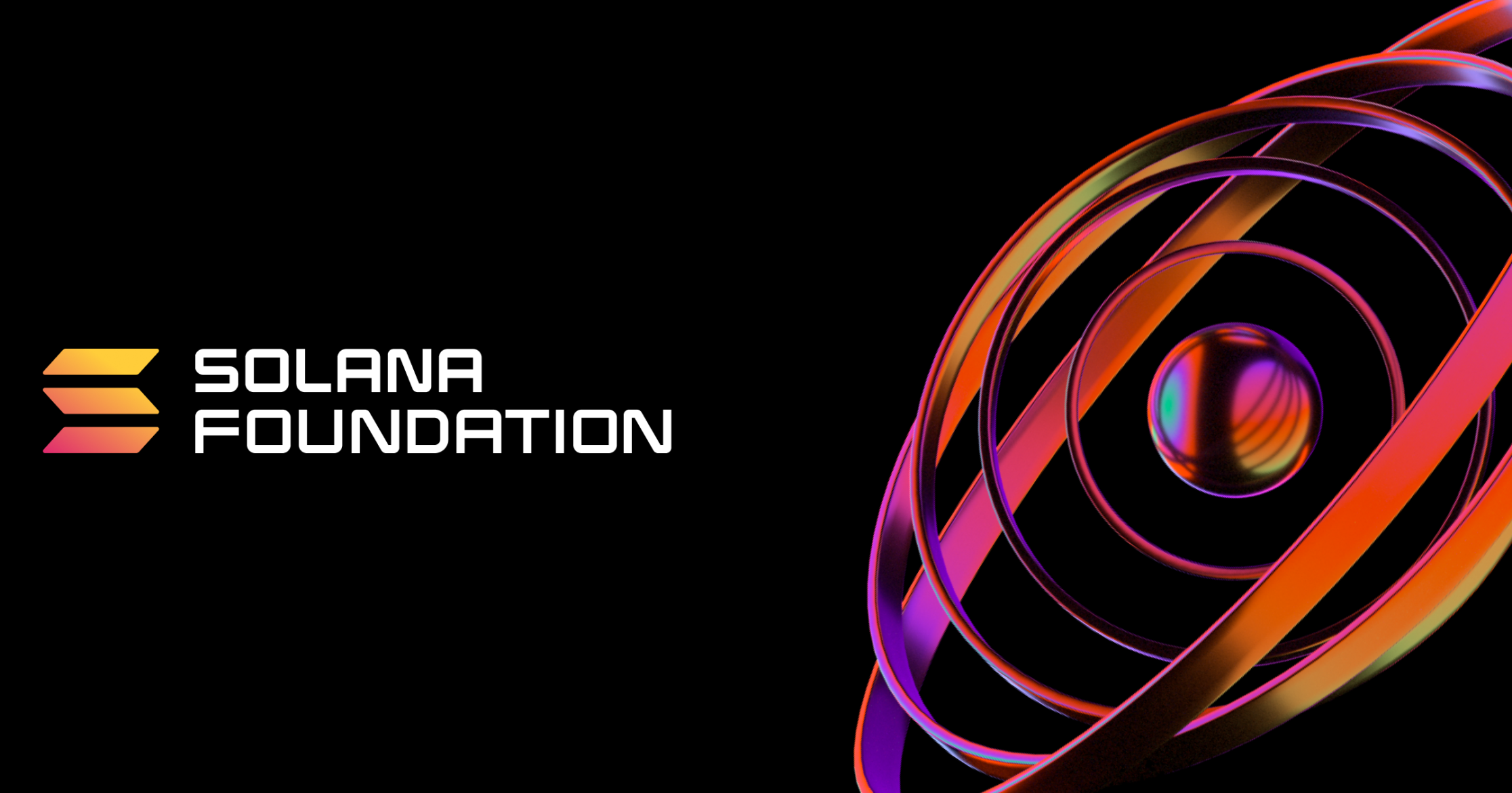
Solana Architecture
Solana is one of the most advanced blockchain architectures, based on a hybrid consensus model that combines Proof of History (PoH) with Proof of Stake (PoS). This unique combination allows Solana to achieve outstanding results in transaction speed and scalability, standing out from other blockchain platforms.
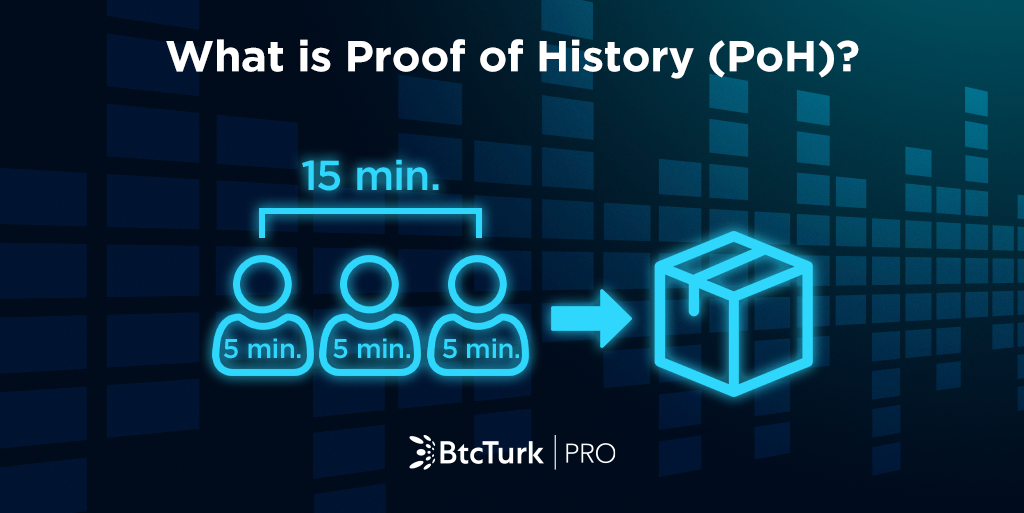
Solana Hybrid Consensus Model
Solana’s main innovation is Proof of History , a method that allows the blockchain to more efficiently synchronize time between nodes on the network. In traditional blockchains, each node must agree on the timing of transactions with other nodes, which can be time-consuming and resource-intensive. PoH solves this problem by creating a continuous sequence of computations (hashes) that act as a cryptographic clock and provide proof of time for every event on the network. This significantly speeds up the process of verifying transactions, as it does not require each node to check and agree on the timing of events.
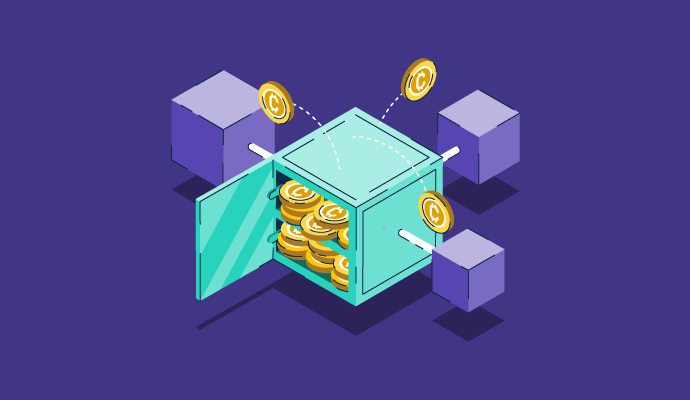
Solana ‘s Proof of Stake consensus is used to ensure the security of the network and finalize transactions added to the blockchain. SOL token holders can stake their coins as collateral to participate in the block validation process, for which they receive rewards. This process not only maintains the decentralization of the network, but also contributes to its security by making attacks on the network economically unprofitable.
Mechanisms for achieving high speed and scalability
Solana is capable of processing up to 65,000 transactions per second, which puts it on par with the most powerful payment systems such as VISA. This high performance is achieved by using PoH along with other technological innovations such as Sealevel, Pipeline, Cloudbreak, and Turbine, which optimize transaction processing and data management on the network.
Comparison with other blockchains
Compared to other popular blockchains like Ethereum or Bitcoin , Solana stands out for its high transaction speeds and low fees. While Ethereum can process around 30 transactions per second and fees can be quite high during busy periods, Solana offers a much faster and more cost-effective alternative. This makes Solana an attractive choice for decentralized application developers and businesses looking for maximum performance and efficiency.

Key Components of Solana
Solana is one of the most advanced blockchain platforms on the market, thanks to its unique technological solutions that allow it to provide high speed and scalability. Let’s look at the key components that form the basis of this platform.
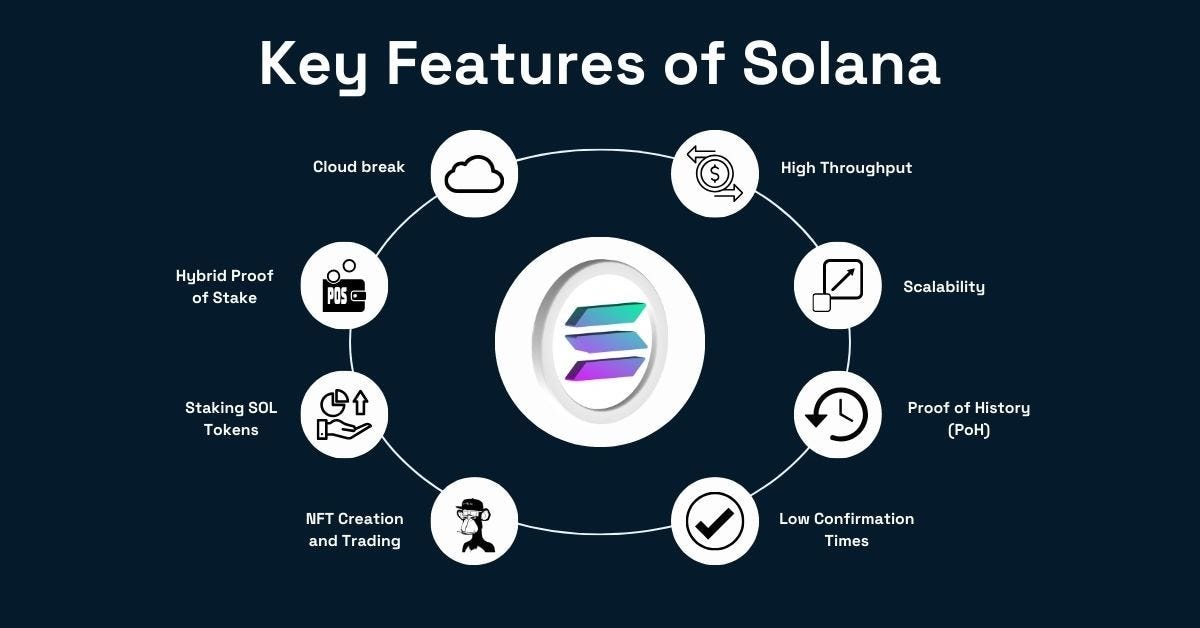
Validator Network
The foundation of security and stability in the Solana blockchain is the network of validators. Validators in the Solana network not only process transactions and create new blocks, but also participate in the Proof of Stake (PoS) consensus mechanism. Each validator stakes their SOL tokens as collateral, which provides them with an incentive to maintain the reliable and secure operation of the network. Due to the decentralized nature of the network, nodes can be located anywhere in the world, thus ensuring the stability and continuous operation of the system.
Turbine
Turbine is a data transfer protocol designed specifically for Solana that greatly simplifies and speeds up the process of distributing data between validators. This protocol uses data sharding technology, breaking large amounts of data into smaller blocks and distributing them between validators. This allows for a significant reduction in network bandwidth and faster transaction processing.
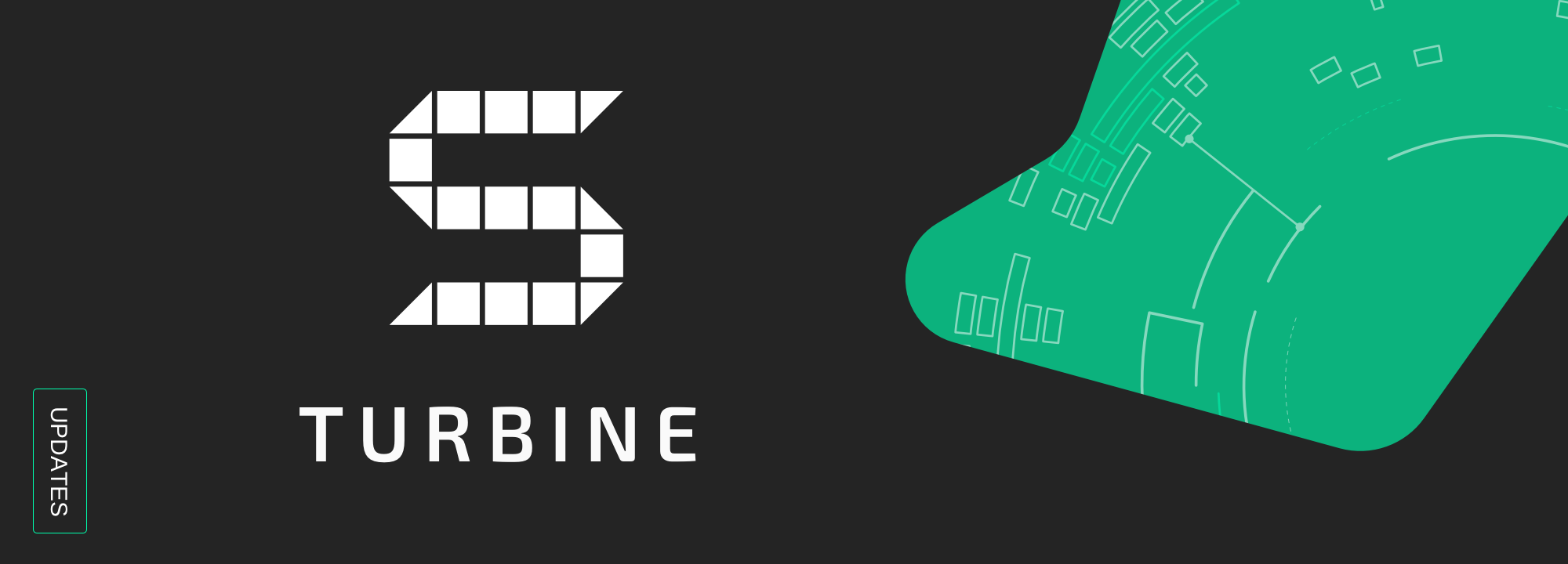
Sealevel and smart contract
Sealevel is a revolutionary parallel transaction execution engine that allows Solana to scale efficiently. It can process thousands of transactions simultaneously, distributing them across multiple validators on the network. Sealevel optimizes smart contract and transaction processing, allowing Solana to maintain high speeds even under significant network load.
Golang Storage
Unlike traditional blockchain platforms that use virtual machines to execute smart contracts, Solana has developed its own system known as the Holland Vault. This component is not a virtual machine in the traditional sense, but is an optimized data management system that allows for efficient handling of account states and storage of contract state information. This helps to speed up contract execution and reduce transaction costs.
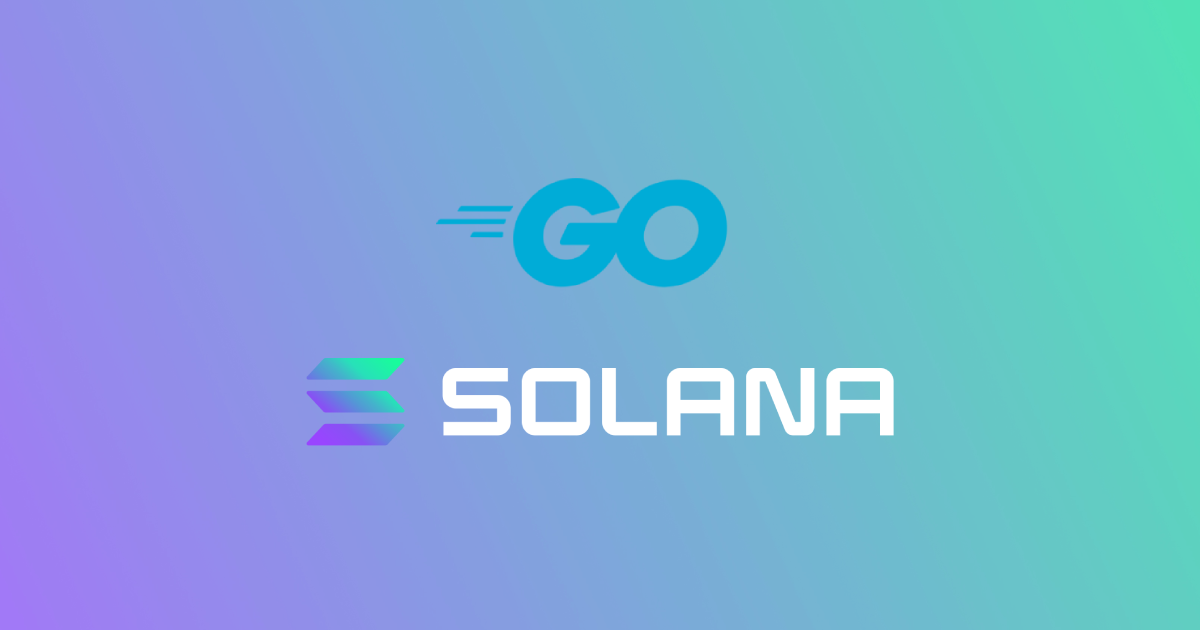
Each of these components contributes to Solana’s outstanding performance, making it one of the fastest and most scalable blockchain platforms in the world. This combination of innovations gives Solana a competitive advantage in the decentralized technology market.
Solana Innovations
Solana is one of the most innovative blockchain platforms, implementing unique technological solutions to improve performance and scalability. Three key innovations that distinguish Solana from other blockchains are Proof of History (PoH), Sealevel, and Pipelining.
Proof of History (PoH) is a fundamental technology in the Solana blockchain, allowing for the creation of a decentralized and reliable timekeeping device within the blockchain network itself. Unlike traditional blockchains, where time is determined by agreement between nodes, PoH works as a cryptographic clock that independently generates timestamps. This allows each node to create proof of the sequence of events without having to wait for confirmations from other network participants. This approach significantly speeds up transaction processing and improves overall system performance.
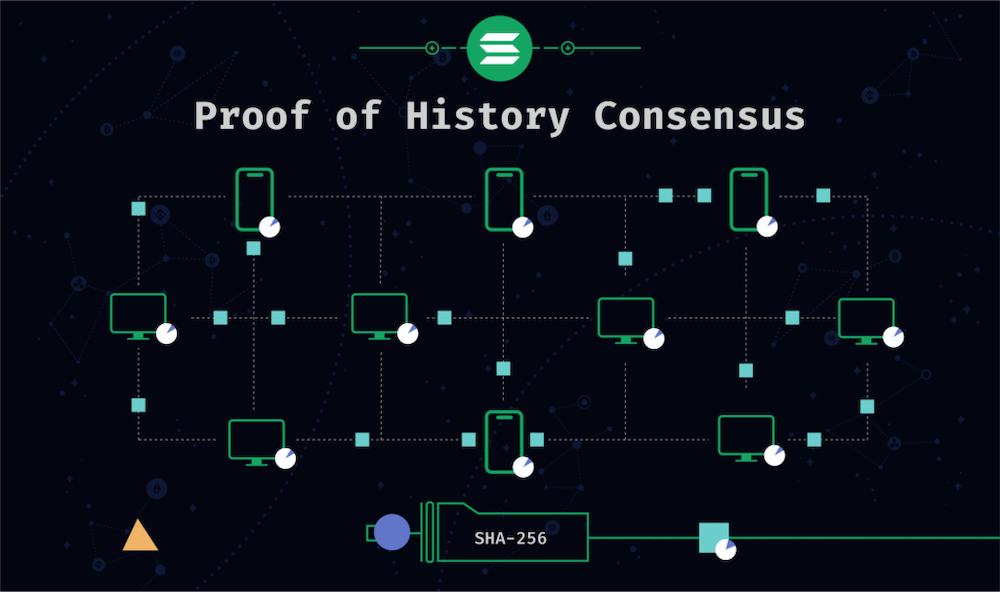
Sealevel is the world’s first parallel platform that can process thousands of smart contracts simultaneously. Sealevel revolutionizes smart contract execution by streamlining the process and enabling horizontal scaling at the blockchain level. This enables multiple transactions to be executed simultaneously, which is critical to maintaining high speed and efficiency in the face of increasing transaction volumes.

Pipelining is a technology used in Solana to optimize transaction processing and validation. The process is similar to pipeline processing in production, where each stage of a transaction (receive, process, execute, and write) is handled by a separate node in the network. This allows for the most efficient distribution of the workload and speeds up the overall transaction verification process. Pipelining reduces latency and increases the number of transactions the network can process per unit of time.
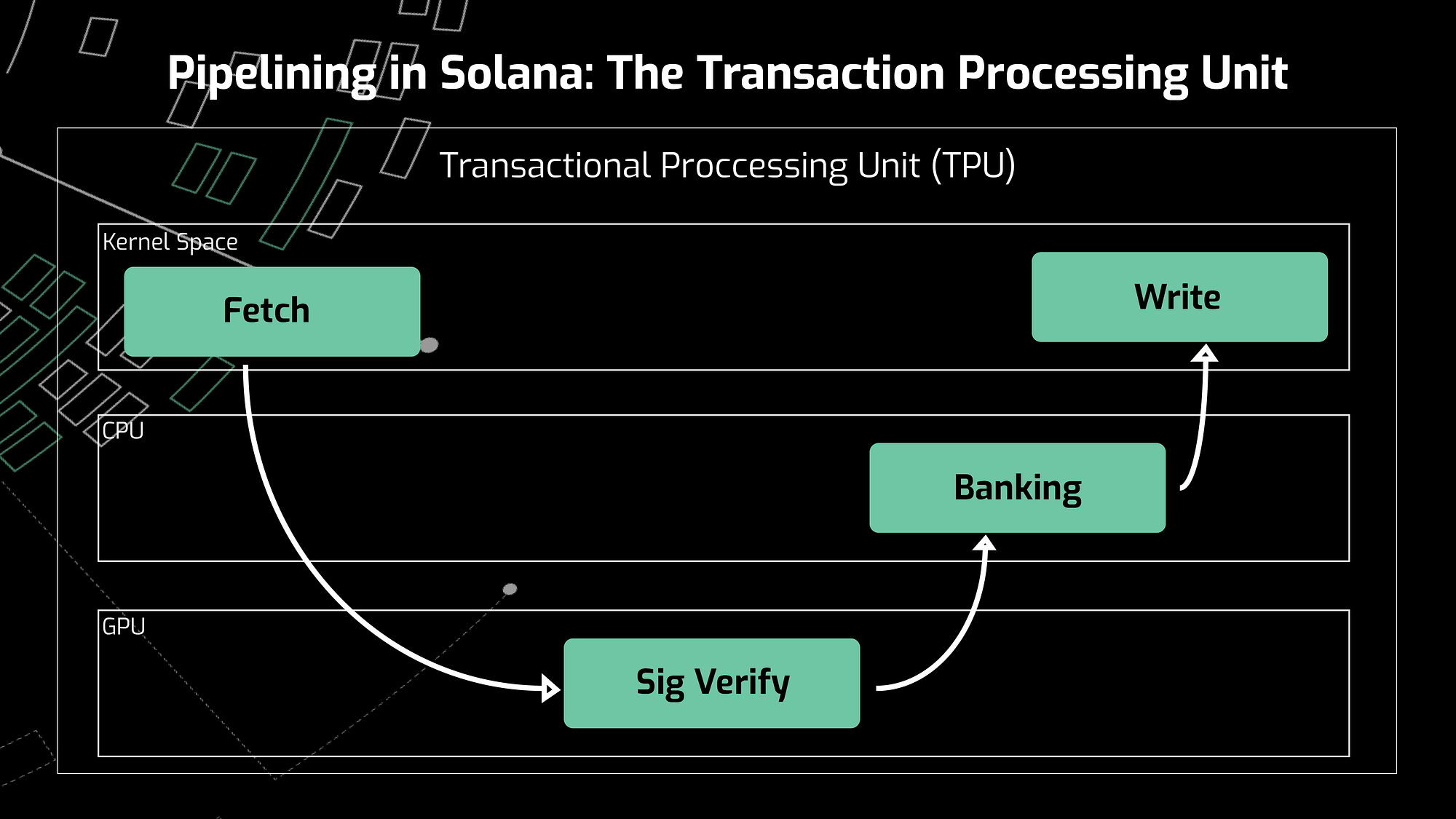
These innovations make Solana one of the most promising and fastest growing platforms in the blockchain space. By combining these technologies, Solana offers solutions to the most pressing problems in the blockchain industry, such as scalability, speed, and security, and opens up new opportunities for the development of decentralized applications.
Advantages and disadvantages of Solana
Solana is one of the most talked about blockchain platforms on the market due to its high performance and innovative solutions. Let’s take a closer look at the advantages and disadvantages of this technology to understand why it attracts so much attention and what challenges it faces.
Solana Advantages
High transaction speed : Solana is known for its ability to process up to 65,000 transactions per second, making it one of the fastest platforms. This is made possible by the innovative Proof of History (PoH) technology, which orders transactions before they are processed.
Low Fees : Due to processing efficiency, fees on Solana remain low, making it attractive to developers and users who want to make multiple or micro transactions.
Improved Scalability : The combination of PoH and other technologies like Sealevel and Turbine allows Solana to scale without significant performance penalties, which is critical to supporting large numbers of decentralized applications and high user activity.
Diversity of Features and Use Cases : From decentralized finance ( DeFi ) to non-fungible tokens ( NFTs ) and decentralized identities, Solana supports a wide range of applications thanks to its performance and flexible architecture.
Disadvantages of Solana
Reliability Issues : Despite its technological innovations, Solana has experienced several significant outages and outages, raising concerns about the stability and reliability of the platform, especially in mission-critical applications.
Development Difficulty : Despite having powerful tools, Solana can be challenging for new developers due to its unique architecture and lack of extensive learning resources compared to more established platforms like Ethereum.
Resource centralization : Some critics point to potential centralization in the Solana network, as the hardware requirements for validators are quite high, which may limit the number of participants able to support the network.
Competition and Adaptation : The blockchain space is highly competitive, with many platforms vying for dominance in the DeFi space and other hot areas. Solana must continue to innovate to remain competitive.
In conclusion, Solana offers significant advantages in speed, cost, and scalability, but it still needs to overcome challenges related to reliability and accessibility for a wide range of developers. Its success will depend on its ability to overcome these obstacles and attract new market segments.
Solana Use Cases
Solana, with its technological innovations, provides ample opportunities for various applications in the world of blockchain. Let’s take a closer look at the possible use cases of this platform.
Decentralized applications (dApps)
Solana is home to a variety of dApps, including games, DeFi platforms, NFT marketplaces, and social networks. Benefits of using dApps on Solana include fast transaction speeds and low fees, making the platform ideal for applications that require fast and frequent interactions. For example, a popular Solana dApp , Star Atlas, is a space game where players can trade and explore space using NFTs, demonstrating the platform’s unique capabilities for gaming applications.

Decentralized Finance (DeFi)
Solana is actively developing its DeFi ecosystem, offering lending, borrowing, staking, and decentralized exchanges ( DEX ). Due to its performance, Solana provides fast transactions and low fees, which is a significant advantage over other popular platforms such as Uniswap on Ethereum. This makes Solana attractive for financial transactions that require speed and cost-effectiveness.
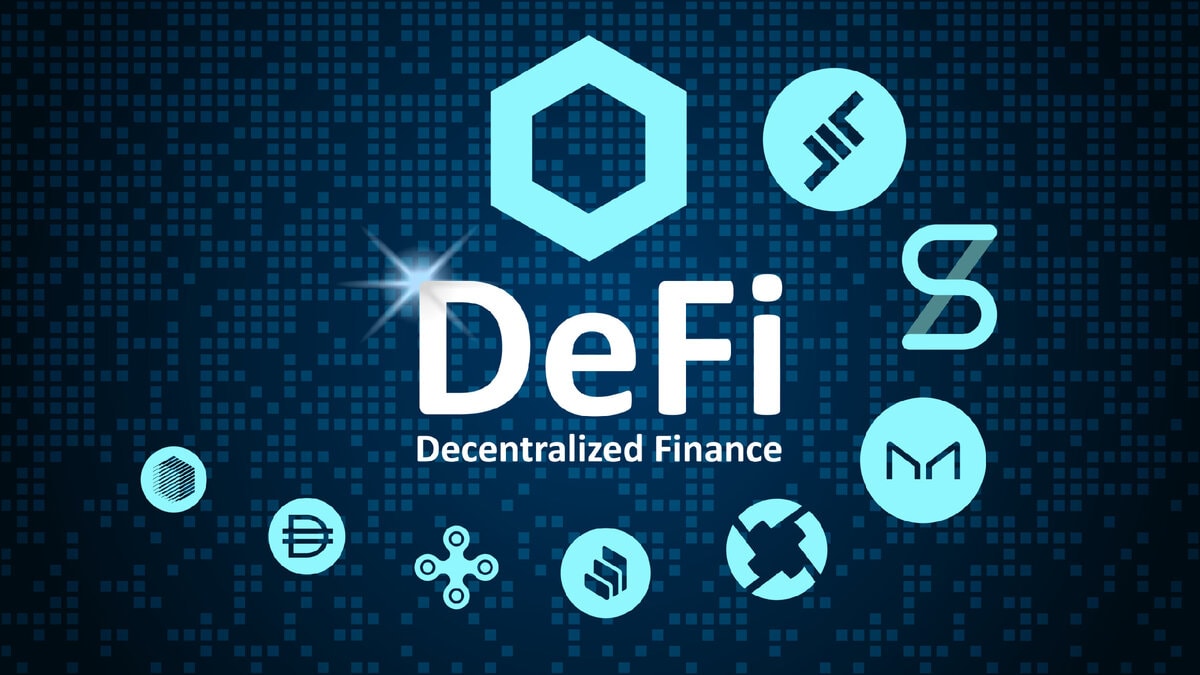
Blockchain Games
The gaming industry on the Solana blockchain is rapidly growing, offering gamers new models of game economics based on NFTs and cryptocurrencies. Benefits include the ability to actually own game assets and trade them on open markets. An example of such a game is the previously mentioned Star Atlas, where players can earn and trade resources and equipment in the game, using Solana’s capabilities for software transparency and transaction security.
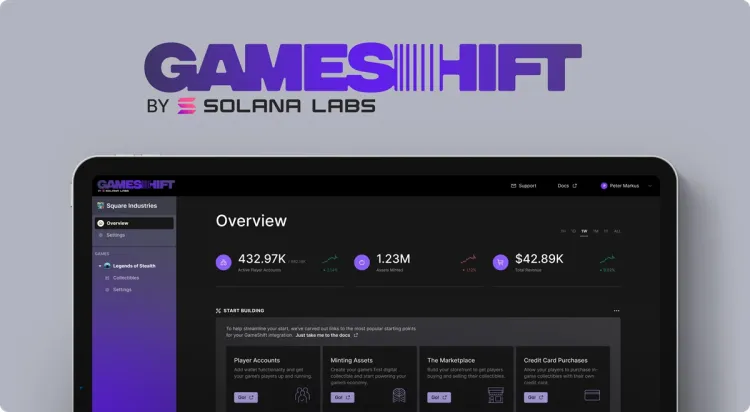
Supply chain management
Solana also finds application in supply chain management, providing transparency and security of data on the movement of goods. This allows companies to track the origin of goods and combat counterfeit products. Examples of use cases include monitoring the movement of drugs or food products, ensuring their authenticity and safety at every stage of delivery.

Trading on margin
Solana is developing margin trading platforms that provide leverage to traders. Benefits include low transaction fees and fast order execution speeds, which is especially important in the volatile cryptocurrency market. This allows traders to react to market changes more effectively than traditional platforms.
These examples demonstrate how Solana is being used to create innovative solutions across a variety of industries, highlighting its promising potential in blockchain technology.
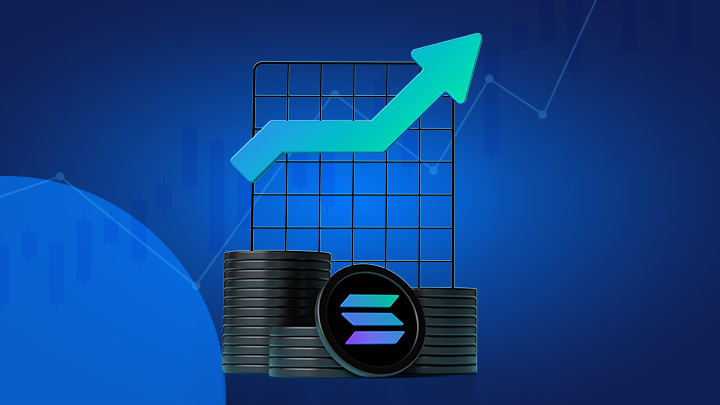
Solana’s current status
Solana’s current state is a hot topic of discussion among crypto investors, developers, and analysts. From the price of the SOL token to the activity in the dApps and DeFi space, Solana is showing interesting trends and developments.
SOL token price
An analysis of the historical price dynamics of the SOL token shows that since its launch in 2020, SOL has seen significant growth, peaking in 2021. However, like many other cryptocurrencies, SOL has been subject to volatility, especially in light of overall market sentiment and economic factors.
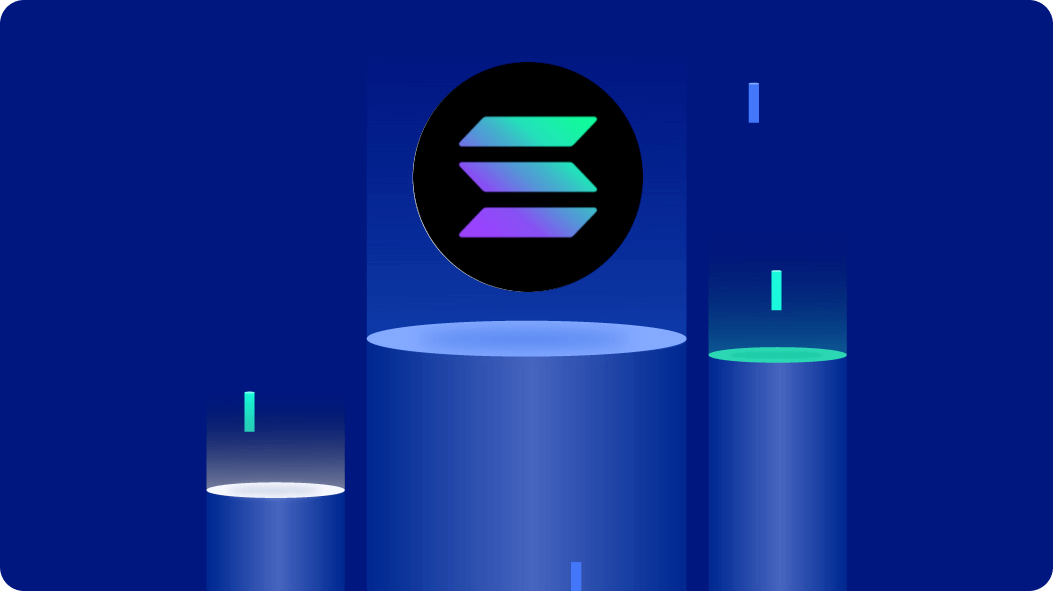
Factors that affect the price of SOL include the overall health of the cryptocurrency market, technical developments on the network, and news about partnerships and integrations. For example, major network outages or successful upgrades can significantly impact the price.
Future SOL price predictions vary, but many analysts believe that SOL has the potential to grow, especially if Solana continues to expand its functionality and strengthen its position in the DeFi and dApps industry.
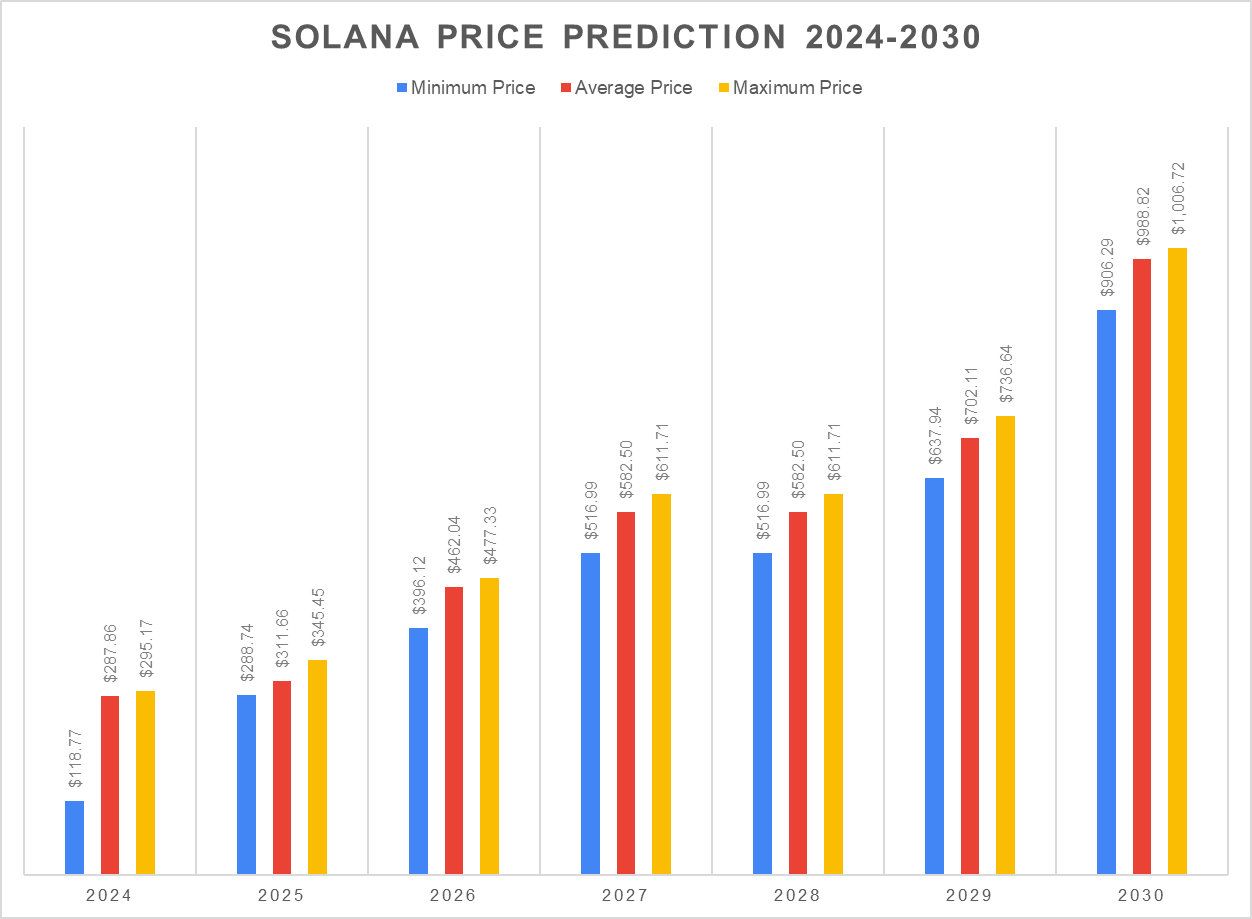
dApps and DeFi Activity
The number and volume of dApps and DeFi projects on Solana continue to grow, thanks to its high network throughput and low transaction fees, attracting developers looking to build efficient and scalable web applications and.
Solana’s user engagement and dApp usage rates are also showing positive trends, although the platform still competes with big players like Ethereum.
Comparing dApps and DeFi activity on Solana to other blockchains shows that despite having a smaller ecosystem compared to Ethereum, Solana is quickly gaining popularity due to its performance and scalability.
Network development and updates
Solana’s development roadmap promises many improvements and new features that could greatly improve the stability and functionality of the network.
New feature and protocol releases are aimed at improving the network’s resilience to failures, speeding up transactions, and expanding the project’s developer capabilities.
The impact of developments and updates on the Solana ecosystem is often immediately reflected in the price of SOL and the overall perception of the platform in the industry.
General opinion of the community
An analysis of opinions and reviews about Solana on social media and forums shows that despite some issues with network reliability, the majority opinion remains positive, especially in terms of innovation and growth potential.
The positives and negatives of Solana that users in the community often point out are its scalability and speed, while criticism usually revolves around network outages.
Comparing public opinion of Solana to other blockchains shows that despite the competition, Solana occupies a unique niche due to its high performance, which makes it attractive to many users and developers.
The Future of Solana
Solana continues to attract more and more attention in the crypto world due to its high performance and innovative solutions. The number of users and developers on the platform is expected to grow as it offers attractive conditions for the creation and use of decentralized applications and financial instruments. This growth will likely be supported by the expansion of the dApps and DeFi ecosystem, where Solana is already showing significant success. With its ability to process transactions at high speed and low fees, it becomes an ideal platform for various financial transactions and gaming applications that require fast and reliable payments.

One of the key areas of development for Solana is integration with traditional financial systems. Collaboration with large financial institutions and integration with payment systems can significantly expand the use of Solana, making it a bridge between traditional and digital finance. This can open up new opportunities for users and investors, giving them access to a wide range of financial instruments based on the blockchain.
However, despite the significant potential and positive outlook, Solana also faces significant challenges. Technical failures and network outages, which have already occurred, could undermine the trust of users and developers. As the network’s intermediaries grow and the number of transactions increases, it will be important to ensure not only scalability, but also the stability of the platform. Additionally, managing data privacy, security, and regulatory compliance will play a key role in Solana’s long-term development.
Conclusion
In this article, we have looked at the key aspects of the Solana blockchain platform, which stands out for its high performance and innovative technologies, such as Proof of History (PoH), which ensures fast transaction processing and low fees. These features make Solana one of the most promising platforms for developing decentralized applications, especially in the areas of decentralized finance (DeFi) and blockchain gaming.
Solana’s key benefits include its scalability, speed, and low transaction costs, making it attractive to both developers and users. Because of these qualities, Solana offers impressive prospects for future expansion and can play a significant role in the continued adoption and adaptation of blockchain technology across industries.
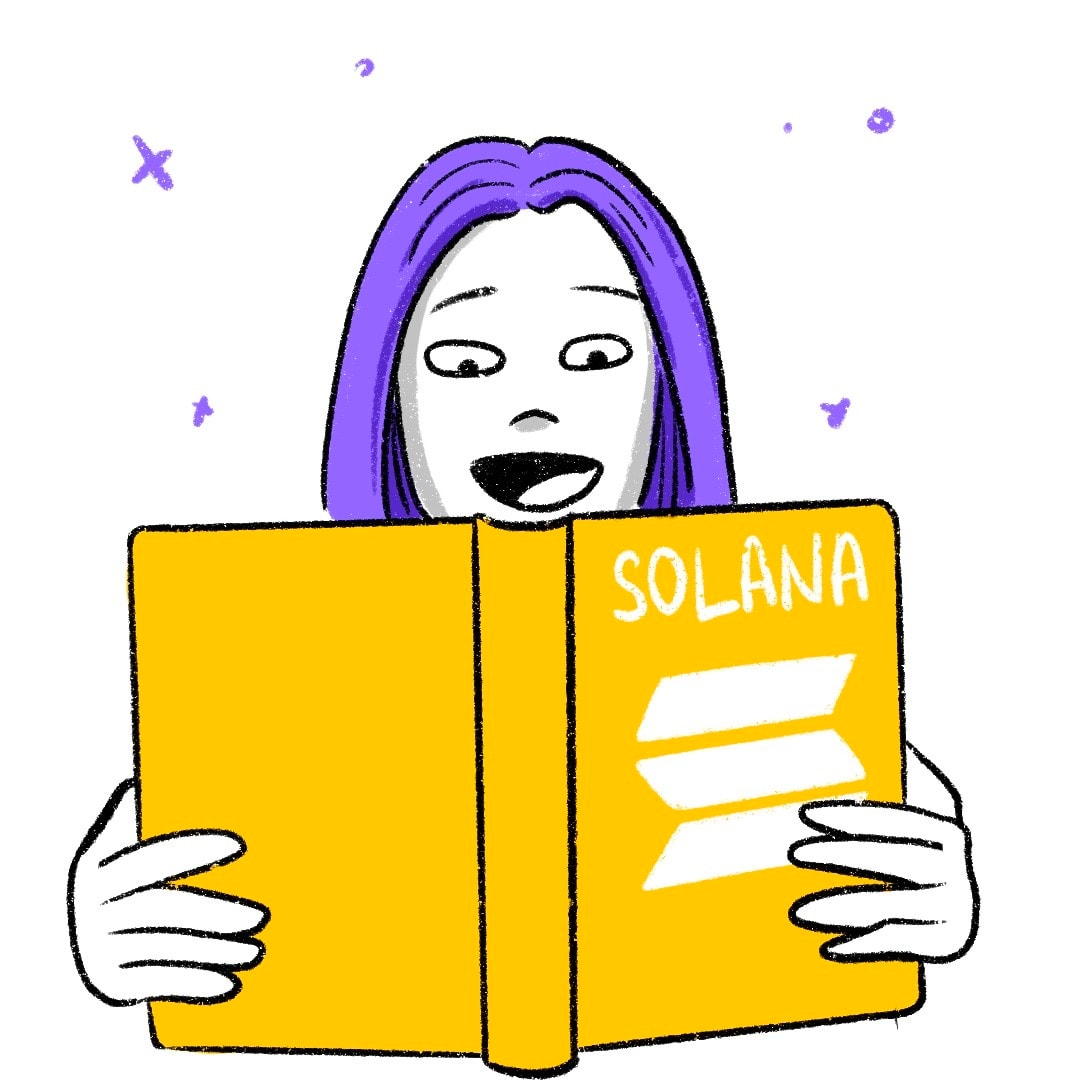
For those interested in learning more about Solana, it is recommended to stay up to date with the official Solana website, join the developer community on platforms like GitHub, and participate in discussions on forums and social media where the latest news and developments are discussed. It is also useful to explore the available educational resources and training courses that can help new users and developers better understand the technical side of the platform and the capabilities it offers.
Solana is a powerful and dynamic blockchain system that promises to make a significant contribution to the development of cryptocurrencies and decentralized technologies. Its continued development and adaptation will play a key role in determining the future of the digital economy.
Автор Alex Smith
Имеет профессиональную подготовку в области микроэлектроники и аппаратного программирования, а также более 30-ти лет опыта работы с системами обработки и передачи данных, включая оборудование для майнинга криптовалют. Готовя материал для читателей блога BuyCrypt успешно применяет свой обширный технический бэкграунд для максимально точной передачи смысла материалов с используемых источников.
